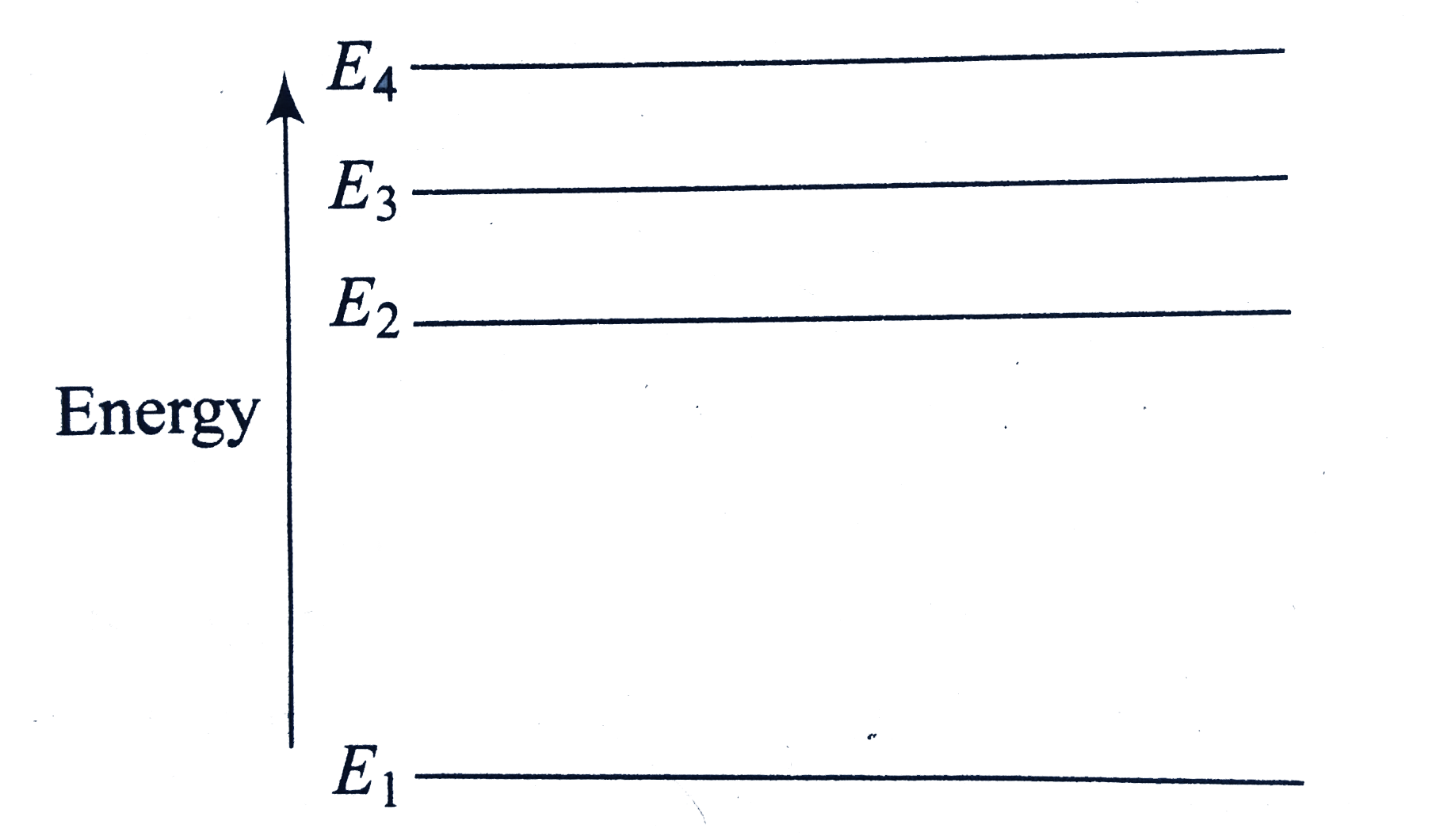A strong fluoresence, i.e., emission of light is observed is bombarded by the electrons.
zinc sulphide
sodium sulphide
hydrogen sulphide
magnesium sulphide
The correct Answer is:A
ZnS is a fluorescent material.
Topper's Solved these Questions
- STRUCTURE OF ATOMBook:R SHARMAChapter:STRUCTURE OF ATOMExercise:Follow-up Test 2
Explore 1 Video
- STRUCTURE OF ATOMBook:R SHARMAChapter:STRUCTURE OF ATOMExercise:Follow-up Test 3
Explore 1 Video
- STRUCTURE OF ATOMBook:R SHARMAChapter:STRUCTURE OF ATOMExercise:Follow-up Test 1
Explore 1 Video
- STATES OF MATTERBook:R SHARMAChapter:STATES OF MATTERExercise:ARCHIVES
Explore 41 Videos
- THE P BLOCK ELEMENTSBook:R SHARMAChapter:THE P BLOCK ELEMENTSExercise:Archives
Explore 40 Videos
Similar Questions
The threshold wavelength for photoelectric emission in tungsten is 2300 Å. What wavelength of light must be used to eject electrons with a maximum energy of 1.5 eV?
View SolutionA certain element 'A' undergoes photoelectric emission when bombarded by one photon of indigo light. When the material containing the same element was bombarded by two photons of red light with a total of same energy as that of indigo photon, no electron was emitted. Explain.
View Solution
Knowledge Check
When an electron is an excited hydrogen atom, jumps from n = 4 to n= 2 level, green light is emitted . Which colour of light will be observed, if the electron jumps from n=6 to n=2 ?
ARedBVioletCYellowDOrangeThe thermionic emission of electron is due to
AElectromagnetic fieldBElectrostatic fieldCHigh temperatureDPhotoelectric effectCoefficient of emission or emissivity (e) is defined as
Aratio of emissive power of a body to that of a emissive power of perfectly black body at the same temperature.Bproduct of the emissive powers of the body and perfectly black body at the same temperature.Cratio of emissive power of the body to that of perfectly black bodyDproduct of emissive powers of the body and perfectly back body
Assertion : A tube light emits white light.
Reason : Emission of light in a tube takes place at a very high temperature.
View SolutionFigure represent some of the lower energy level of the hydrogen atom in simplified from.
If the transition of an electron from E4→E2 were accociated with the emission of blue light , which one of the following transition could be accociated with the emission of red light?

View SolutionThe β−decay process , discoverwd around 1900 , is basically the decay of a neutron (n) in the laboratory , a proton (p) and an electron (e¯) are observed as the decay that the kinetic energy of the electron should be a constant . But experimentally , if was observed that the electron kinectic energy has continuous spectrum Considering a three- body decay process , i.e.
n→p+e¯+¯νe, around 1930 , pauli expained the observed (¯νe) to be massaless and possessing negligible energy , and the neutrino to be at rest , momentum and energy conservation principle are applied from this calculate , the maximum kinectic energy of the electron is 0.8×106eV The kinectic energy carrect by the proton is only the recoil energy
If the - neutrono had a mass of 3eV/c2 (where c is the speed of light ) insend of zero mass , what should be the range of the kinectic energy K. of the electron ?
View SolutionA metal foil is at a certain distance from an isotropic point source that emits energy at the rate P. Let us assume the classical physics to be applicable. The incident light energy will be absorbed continuously and smoothly. The electrons present in the foil soak up the energy incident on them. For simplicity , we can assume that the energy incident on a circular path of the foil with radius 5×10−11m (about that of a typical atom ) is absorbed by a single electron. The electron absorbs sufficient energy to break through the binding forces and comes out from the foil. By knowing the work function, we can calculate the time taken by an electron to come out i.e., we can find out the time taken by photoelectric emission to start. As you will see in the following questions, the time decay comes out to be large, which is not practically observed. The time lag is very small. Apparently, the electron does not have to soak up energy . It absorbs energy all at once in a single photon electron interaction.
The experimental observations show that the waiting time for emission is 10−8 s. This observation contradicts the calculations based on classical physics view of light energy . Thus we have to assume that during photoelectron emission
View SolutionA : There is almost no time-lag between the incidence of light and the emission of photoelectrons .
R : A photon transfer almost all its energy to a single electron in a metal .
View Solution
